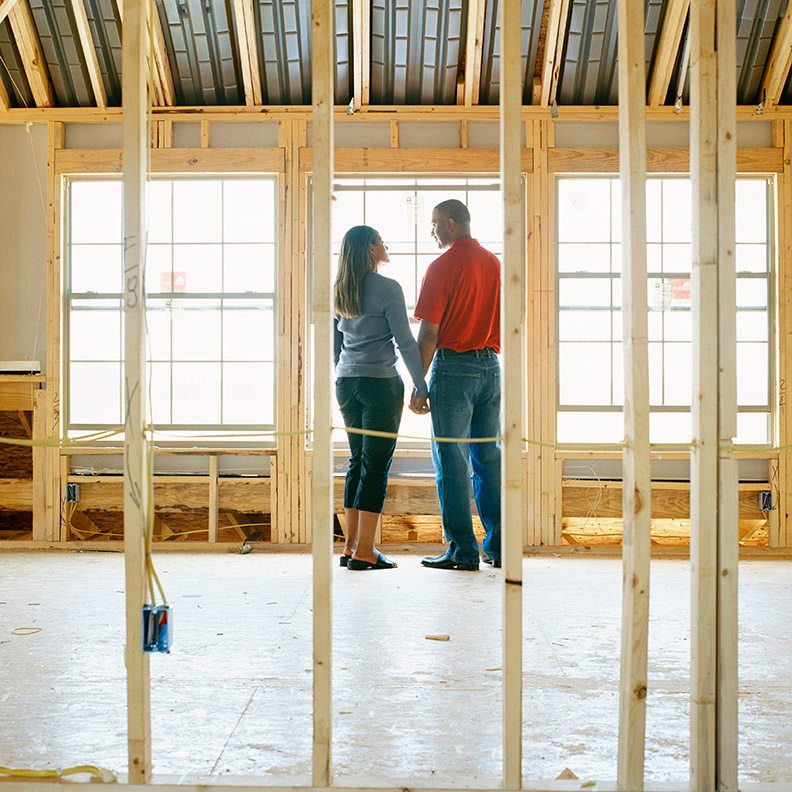You’re looking for a new dream home but there’s just one problem: You can’t find anything you like. This isn’t an uncommon scenario, as housing inventory in the U.S. has generally decreased in recent years1.
In this type of situation, a possible solution is to build a brand-new home. This allows you to control the look and feel of the house, including the types of materials that are used and the amenities that are featured. Of course, there are other considerations when building from scratch, such as finding open land and making sure you can afford the project. Let’s take a closer look at property construction from a financial perspective so you can get one step closer to your new dream home.
First things first: Choosing the right location
Just like with purchasing an existing home, a construction project involves choosing a location where you feel comfortable. While built-out neighborhoods might not always have open spaces, you will have some additional options in less developed areas. This can include planned communities, where you’ll generally have more structured regulations to follow when building your home. This is a perfectly acceptable tradeoff for some homeowners, but it’s important to be aware of the rules before moving forward.
People also regularly build new homes on bare lots that they already own or are buying as part of the construction process. Most builders are comfortable building a custom home on a lot owned by the clients.
Once you find a location you like, you may want to consider a lot loan through your lender, which is a type of short-term financing used to secure a residential lot before moving into construction.
Financing your construction
After choosing a location, it’s time to move into construction. A construction loan can help you pay for everything that will go into the project, such as materials and contractors. Construction loans are structured like lines of credit. They are short-term loans that allow you to draw funds to cover project costs and make interest-only payments during the building phase. Once a project wraps up, these loans often can convert into longer-term mortgages.
Construction loans are typically structured with a single closing or two closings. Here’s more on how those two options differ:
One closing
With this option, you get to lock in a single rate for your construction loan and longer-term mortgage at the same time. There is convenience in only having to close once, and if you find a favorable interest rate, you don’t have to worry about it going up over time.
However, what you gain in convenience you lose in flexibility. You will not be able to change the loan amount if construction costs go up for any reason, such as changing a building material or running into cost overruns.
Two closings
Another approach is to close once on the shorter-term construction loan and then again before moving into the longer-term mortgage. The benefit here is flexibility as you may be able to increase your end loan amount to cover changes and overruns, if you qualify. The flip side is that you will have some interest-rate risk and you’ll also have to pay some of the closing costs twice.
Moving forward
The home construction process can be quite involved, from finding and securing a lot to financing the construction itself. That makes it critical to work with a trusted lender that understands all of these steps. Ideally, this lender can provide support from beginning to end with a construction loan that transitions into a mortgage. Finding a one-stop-shop, like Bremer Mortgage, can help you stay on top of everything and build the home of your dreams.
